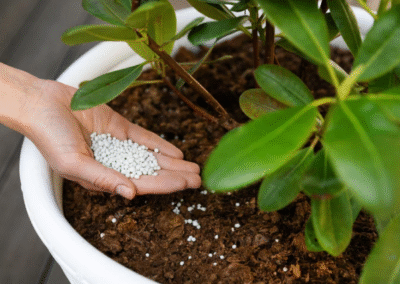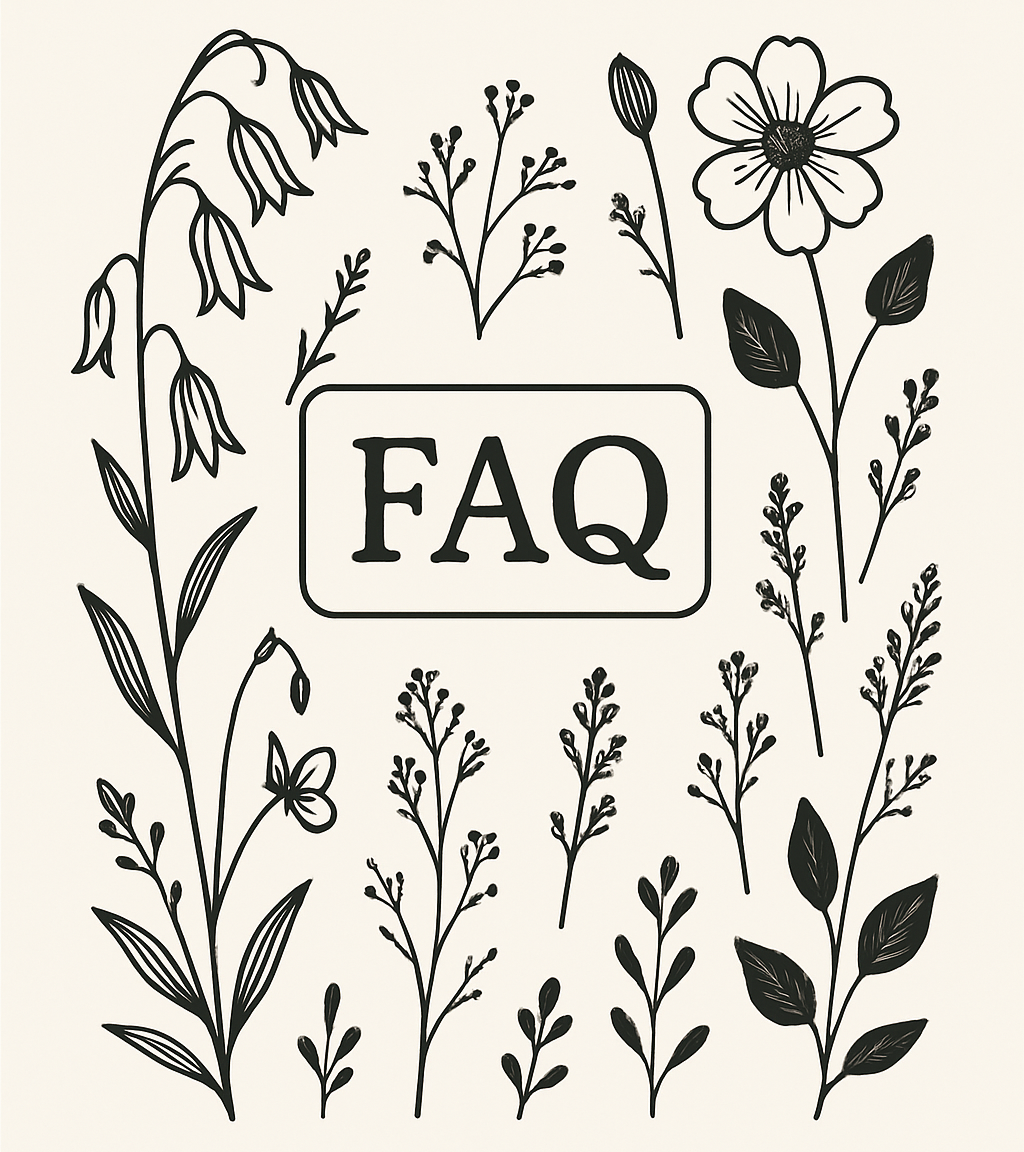As temperatures rise, container gardens face unique challenges. Containers dry out more quickly and are more exposed to extreme fluctuations. For professionals, maintenance is key to ensuring plant health and visual appeal through the hottest months. Extra communication is needed with watering staff to ensure they are paying special attention to the plants. Overwatering and underwater signs are similar and can be challenging to decipher so training is key.
Here are a few best practices:
1. Hydration (Water) Management
Use consistent, deep watering practices. Preference should be early in the morning as more water is available to the plants at this time through less evaporation. Consider adjusting your irrigation system for a longer duration or an additional day.
With the summer microburst storms, a lot of rain can fall in a short time which can cause more runoff water than rain soaking into the soil. Even if you get a heavy storm, check the planter soil with a soil probe (worth the money to have in your tool kit), a small trowel, or stick your finger in the soil to determine the moisture level. If the planter has a nice amount of moisture deeply, then it has adequate hydration.
2. Mulching
Ensure you still have a mulch layer to insulate the soil, retain moisture, and protect roots from heat stress.
3. Plant Selection
Choose heat-tolerant, drought-resistant species for long-lasting performance. Native perennials are ideal choices. If you have plants that are really struggling, consider replacing with a more heat tolerant plant. Sometimes with all the best planning annuals need to be changed due to strong unexpected weather patterns.
4. Shade Solutions
Implement mobile or fixed shading (awnings, pergolas, shade sails) in high-exposure areas to mitigate sun scorch.
5. Feeding Routine
Increased water depth and frequency can leach nutrients out faster in hot weather. Make sure to supplement with slow-release or liquid fertilizers as needed. You don’t want to overdo it as it can also stress plants, so do so conservatively.
Proper summer planning for your container installations isn’t just about aesthetics—it’s about protecting your investment and ensuring resilience.
📩 Need help designing, maintaining, or retrofitting summer-ready planters? Our team specializes in customized container garden solutions tailored to commercial settings. Email us today for expert guidance or support.
Q: How often should container gardens be watered in the summer?
A: In hot weather, containers may require watering once or even twice daily depending on plant type, container size, and sun exposure. Early morning watering is most effective to reduce evaporation and prevent heat stress.
Q: What are the signs of heat stress in container plants?
A: Common signs include yellowing, wilting, leaf scorch (brown edges), slowed growth, and soil that feels dry and hot to the touch. Timely watering and shading can help mitigate these effects.
Q: Can mulch really make a difference in container gardening?
A: Yes. Mulch acts as a barrier that reduces water evaporation, stabilizes soil temperature, and improves overall root health.
Q: How does heat affect fertilizer use?
A: Nutrients tend to leach out more quickly in high heat due to frequent watering. Use slow-release or liquid fertilizers at half strength to support growth without overfeeding, which can stress plants further.




